Desktop Processing Power
In this Tech Trends series, I will try to give you my perspective as a consumer and tech enthusiast (particularly computer tech). I genuinely enjoy building and re-building my system to meet my specific needs and have been noticing trends directly from the marketplace and from reputable tech bloggers and reviewers online. Having learned a lot and continuing to learn more every day, I thought I would share some of these trends with you in case you are developing your own project or building a new system for your gaming or work from home (WFH) setups.
With so many components important to a complete system, I thought I would start with perhaps the two most important. So in this Part 1, we'll consider a computer's main processor (CPU) and the graphics processor (GPU).
Ready? Let's go.

Trends in CPU Architecture
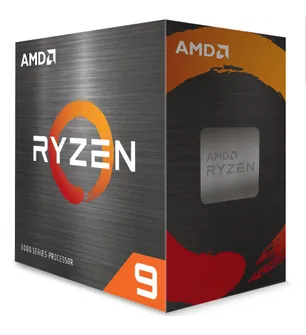
There are two major players in the market right now, AMD and Intel (although Apple's offerings are also starting to make some waves). Each consumer-grade line-up seems to be focused on different market goals although they both offer a balance of features. At this stage, AMD is running more cores and targetting production workloads at the top-end while Intel has higher frequencies and seemingly content with their production capabilities and focusing more of their marketing towards gamers. There are many important architecture differences with the CPUs and the corresponding motherboard chipsets, but we'll look at some commonalities.
Both manufacturers are gradually moving towards higher single- and multi-core performance by trying to maintain higher boost clocks (Intel currently ahead here), and both are introducing some variation of either multi-layered chiplets (AMD) and/or cores with different priorities like the BIG.little architecture (as seen in Intel's next series). At this stage, PCI-e gen 4 is still the expansion standard for things like SSD and graphics, but I believe both sides are also heading towards PCI-e gen 5 either in the next generation of CPU offerings or the ones following. Result: processing power is heading towards the point where even mid-tier products can handle all but the most extreme workloads.
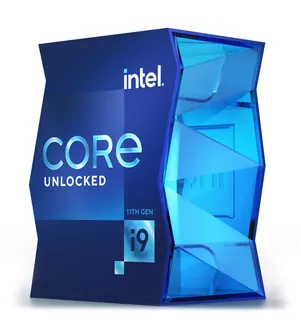
Trends in GPU Architecture
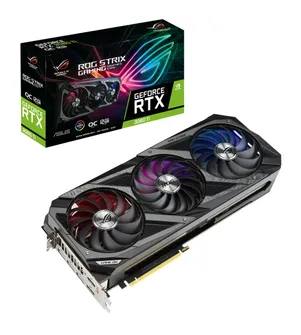
Although there are many different brands of graphics cards (from manufacturers referred to as Add-In Board partners or AIB's, like AUS, EVGA, MSI, etc.), there are also two major GPU players in the market right now (AMD and NVIDIA), although a third player (Intel) is set to launch discrete desktop GPUs very soon. While the graphics cards themseleves have lots of components, the main processing power is delivered by the GPU chip(s). I include the plural here because there are also some important emerging trends regarding GPU architectures and technologies that will impact the market in the next 3-5 years and beyond.
While NVIDIA has been using AI for a few years to improve the display and processing of lower-quality renders (branded as deep-learning super sampling or DLSS), and improving these technologies over the last two generations, AMD has developed their own (and quite different) approach. There are also multi-chip and multi-layered designs expected to hit the DIY market soon. And there are of course many differences and similarities across the board. But the main take home for me so far has been (again) that the technology advancements are quickly reaching the point where the general consumer can handle most graphic workloads (production or higher-end gaming) with even a low to mid tier CPU/GPU product set.
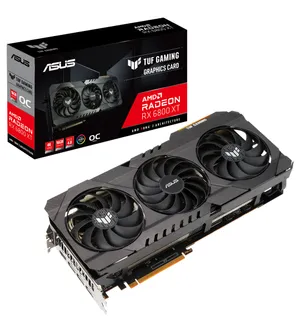
Later Today
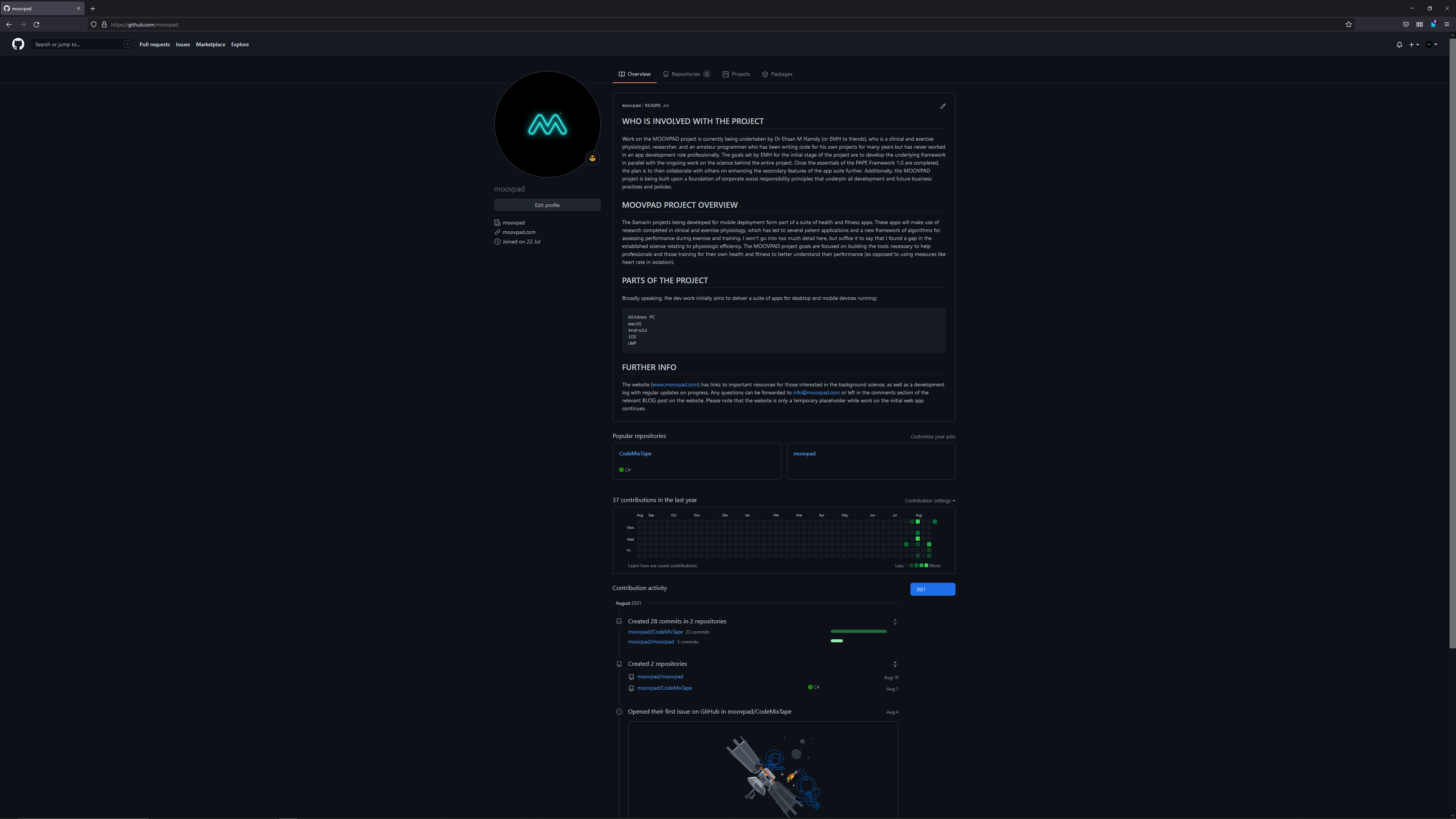
We'll have vibes for your work and chill, site updates and progress, consider why the MOOVPAD PAPE framework is important for your training, the progress on the MOOVPAD project overall and the code in particular, as well as some creative fun with Blender. See you back here soon.
Stay awesome,
EMH
